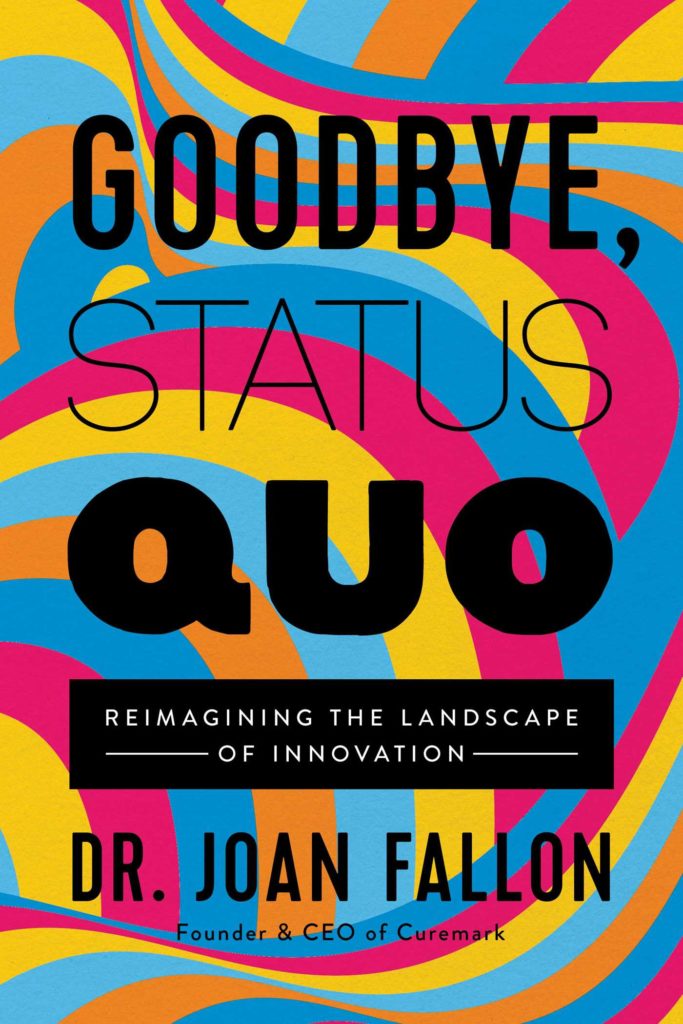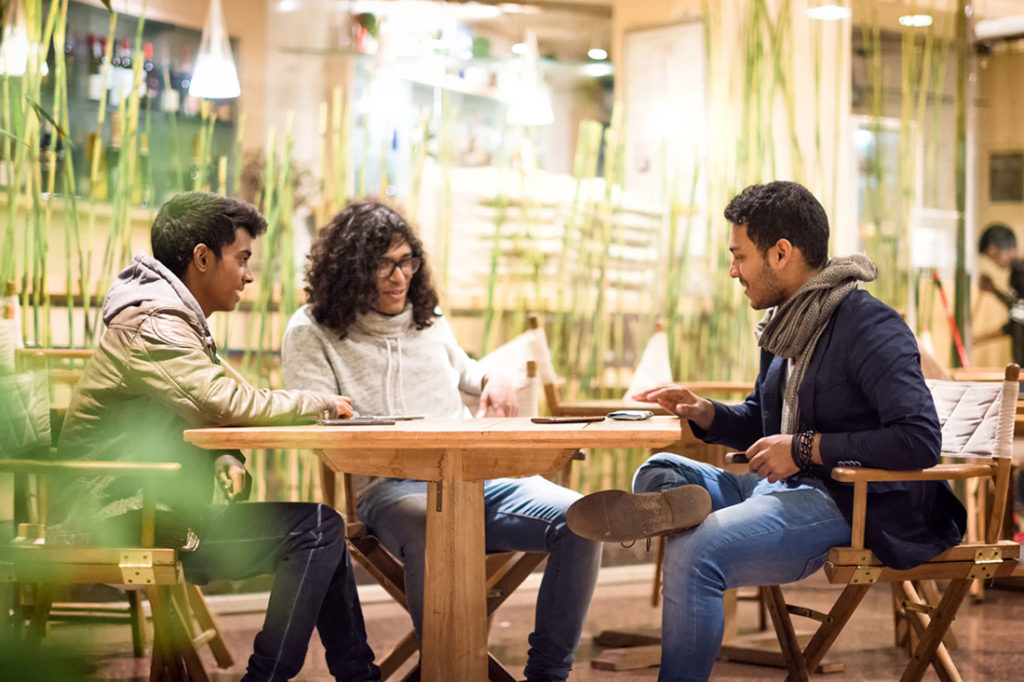For the past 12 years, a dear friend and I have made a pact to spend a week or two during the summer taking classes or participating in something that has impact and can help us better understand the world we live in with an eye toward making it a better place. One of the most profound summer experiences we had was at the design school at Stanford, commonly referred to as the “d.school,” where we learned to identify problems and work on ways to solve them through design thinking, which gives a solution-focused approach to problem-solving using known steps that can help not only to solve a problem, but solve the correct problem.
We attended the d.school’s “Design Thinking Bootcamp,” where for a week we learned the design thinking process and then worked on real-world problems. During that week we teamed up with people from all over the world. Some of us had entrepreneurial backgrounds and worked at or ran small businesses; others had large corporate experience or came out of finance or other business sectors. I had already founded Curemark, and I was hungry for ways to look at problems differently.
The d.school way of solving problems isn’t to sit around a room and discuss a theoretical problem. Rather, it involves going into the field and talking to real people about their experiences and things they see as helpful or issues that present as problems for them. Because the design thinking model involves active participation to understand a problem, it differed from my previous ways of looking at things. Generally, patients brought problems to me, and while I may have examined them and asked questions, I generally tapped into my “learnings” for answers.
Design thinking as envisaged by the d.school has eight core elements, and looking back at the d.school model for design thinking, I believe that no piece of this model is more important than the first two elements: uncertainty and empathy. In order to remain open to discover a problem and then remedy it, you must remain for a time in uncertainty. Solutions are often not clear-cut, and the correct path to a solution emerges from the uncertainty and ambiguity that come from being patient and subscribing to a process such as design thinking.

Empathy is probably the single most important part of this process. Empathy is the experience of putting oneself in someone else’s shoes to have the best understanding of another’s circumstance as is humanly possible. The people most likely to change the world are the ones who observe the need for it most keenly, who put themselves in other people’s places, and who understand what others feel or think. Following are three precepts to keep in mind as you attempt to solve problems, effectuate change and lead others.
Change the way you see the world.
If you go into a dark movie theater, once you’ve found your seat, you’ll look around for the exit signs. If you drive along a road where a landslide has littered the way with boulders and tree roots, you’ll seek alternative routes or the most efficient way to navigate that road. Tunnel vision is your enemy in that dark room or on that hazardous road. “Looking around”—scanning your environment to identify the best path through it—is of paramount importance.
As an entrepreneur or changemaker, finding the way to the next step is the most essential component of change, so see things how they really are. See it all. Most importantly make sure you have a full line of sight to the vista before you. Concentrating on only one aspect of your journey may cause you to lose perspective.
Self-belief enables empathy.
To be fully empathetic, we must be able to go beyond ourselves, our self-obsession, and our self-interest to place ourselves in someone else’s shoes. Empathy helps to solve problems because it is an important way to identify problems. Leadership is about solving problems, so leading with empathy helps to identify problems from the viewpoint of others, not just what we think is a problem.. Having empathy in our personal lives as well as in our business lives allows us to work smarter, create better solutions and to make our workplace significantly better for all.
Make uncertainty your companion.
When we undertake bold adventures, uncertainty plays a large part of our trajectory. Different than risk, uncertainty keeps you in a constant state of flux, and presents you with a need to be flexible. As an entrepreneur or changemaker, uncertainty is your constant companion. Never mistake it as the exception in your journey but rather as the rule.
As uncertainty is a constant companion, making the best of it can actually produce many great things along your journey. I look at it as an asset. Learning how to work with uncertainty, to trade one known or unknown for another is always helpful. The uncertainty opens one’s mind to possibility, to creativity and to solving problems. Novelist Margaret Drabble writes: “When nothing is sure, everything is possible”. Uncertainty is not an impediment to change but rather a catalyst.
Published from Goodbye, Status Quo: Reimagining the Landscape of Innovation by Dr. Joan Fallon released in January 2022. Photo by @adittoraian/Twenty20






